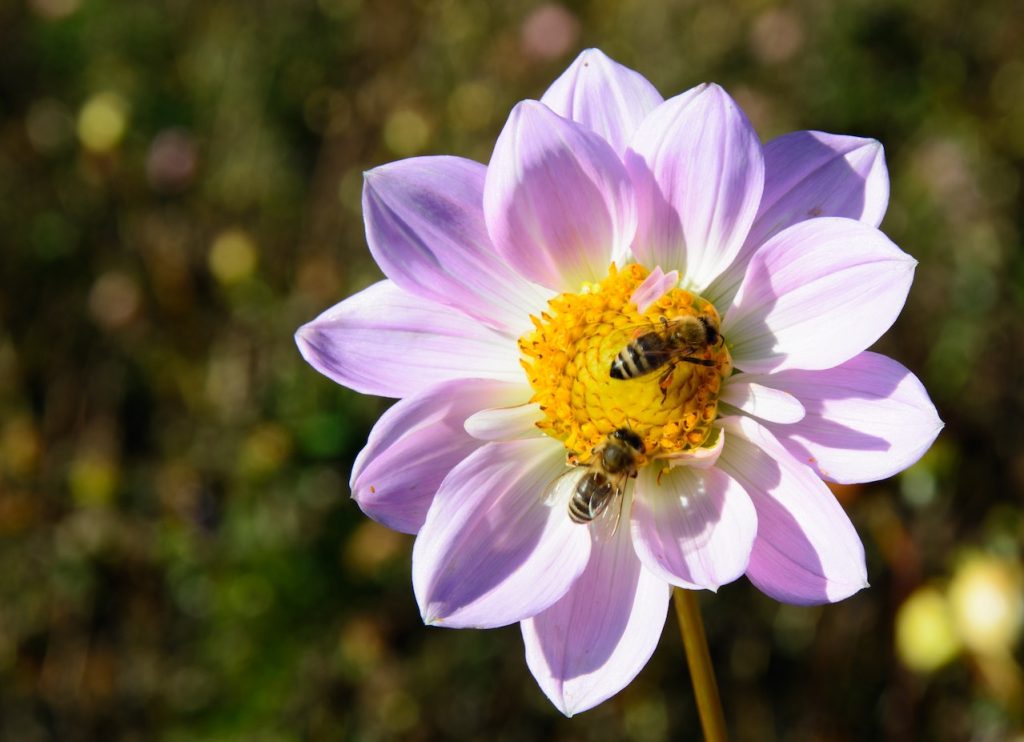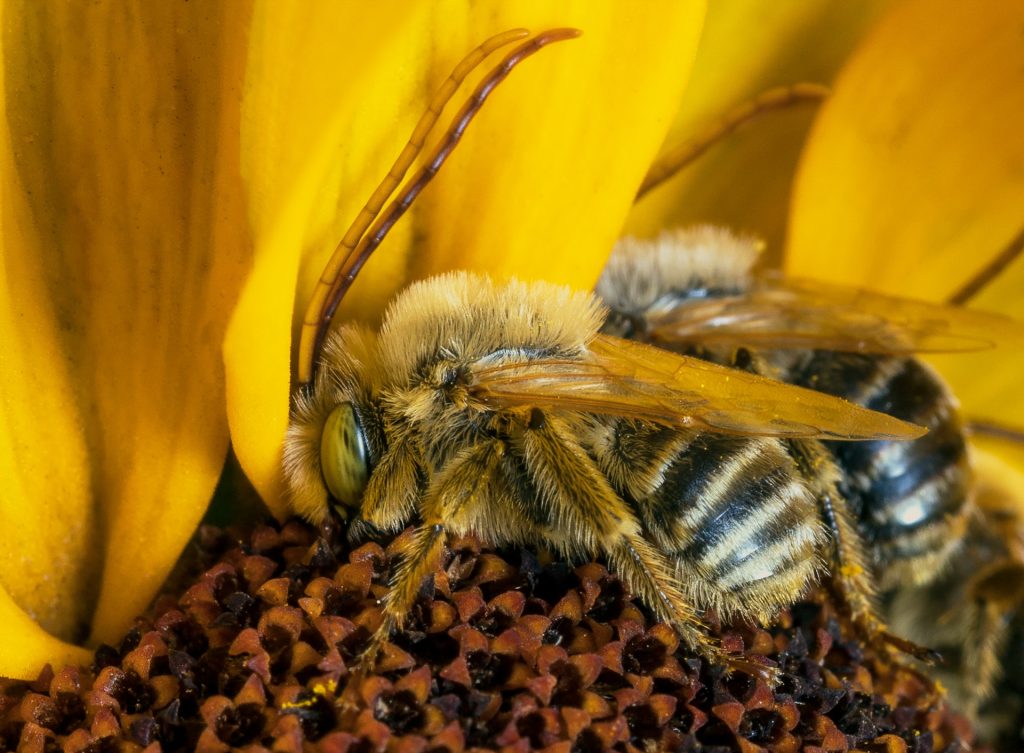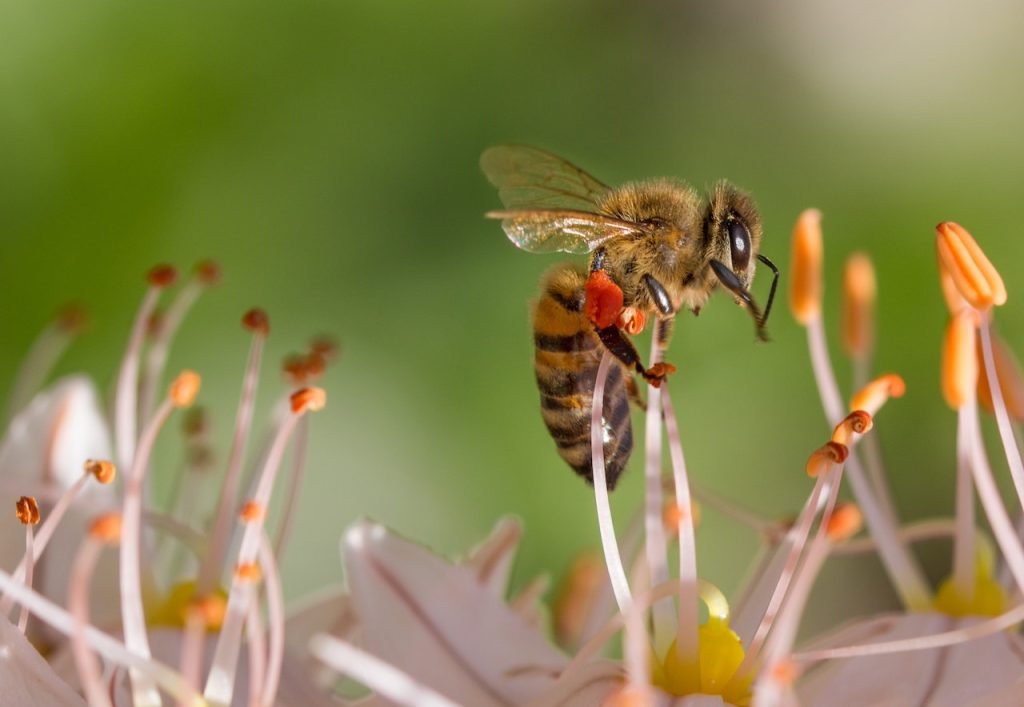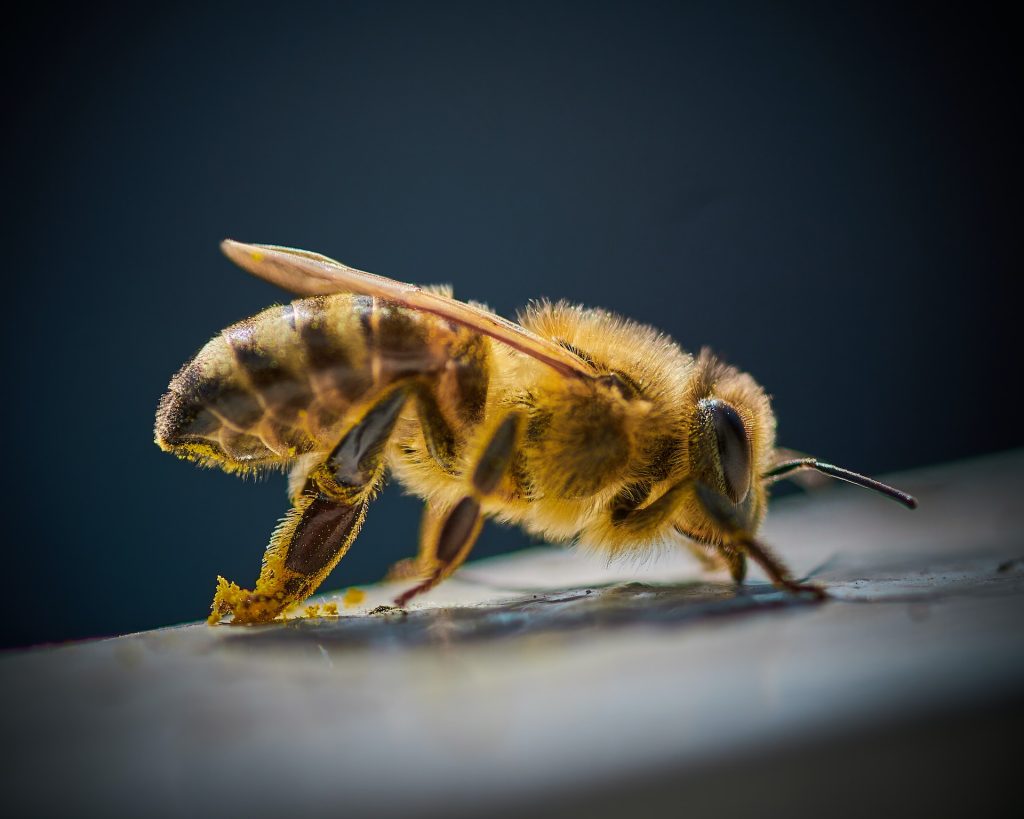Understanding the Importance of Bee Colonies
Bees play a vital role in pollinating crops and ensuring the production of fruits, vegetables, and nuts that make up a significant portion of our diets. A single colony can pollinate millions of flowers each day, and without them, our food supply would be greatly diminished. Unfortunately, bee populations around the world are declining at an alarming rate. One of the main reasons for this is the loss of habitat due to urbanization and farming practices. Another is the use of pesticides that kill bees and other pollinators. In this article, we will discuss how to spot the signs of a failing bee colony and what steps you can take to help save these important creatures.
Common Signs of a Failing Bee Colony
There are several signs to look out for when checking the health of a bee colony. One of the most obvious is a lack of bees. A healthy colony should have thousands of bees, but a failing colony may only have a few hundred. Another sign is a lack of pollen and nectar stores. Bees need these resources to survive the winter and to produce honey. A colony that lacks these resources is likely to fail.
If you notice that the bees in the colony are lethargic or disoriented, it could be a sign that they are sick. Bees can contract diseases and parasites that weaken their immune systems, making it difficult for them to survive. You may also notice that the brood, or the young bees, are not developing properly. This could be a sign of a lack of nutrition or exposure to pesticides.
Steps to Take When You Spot the Signs
If you spot any of these signs, it’s important to take action to help save the colony. The first step is to consult with a local beekeeper or a beekeeping association to get advice on what to do. They may be able to recommend a course of action or put you in touch with someone who can help.
One of the most important things you can do is to provide the colony with food and water. You can do this by setting up a feeder with sugar water or by planting flowers and other plants that provide nectar and pollen. It’s also important to avoid using pesticides and other chemicals that can harm bees.
If the colony is sick, you may need to treat it with medication or call in a professional beekeeper to help. They will be able to diagnose the problem and recommend a course of action. In some cases, it may be necessary to remove the colony and relocate it to a safer location.
Why Every Action Counts in Saving Bee Populations
Every action, no matter how small, counts in saving bee populations. By providing food and water and avoiding the use of pesticides, you can help support the health of local bee colonies. You can also support bee populations by planting flowers and other plants that provide nectar and pollen. If you have the space, you might even consider setting up your own beehive.
In addition to these actions, it’s important to support organizations and initiatives that are working to protect bees and other pollinators. These groups may be involved in research, advocacy, or education, and they rely on the support of individuals and communities to make a difference.
By working together, we can help save bee populations and ensure the health of our food supply. It’s up to all of us to take action and make a difference.
Bees are some of the most important creatures on our planet, and it’s our responsibility to protect them. By understanding the signs of a failing bee colony and taking action to support their health, we can help ensure that they continue to play a vital role in our ecosystem. Let’s all do our part to help save bees and keep our planet healthy.






